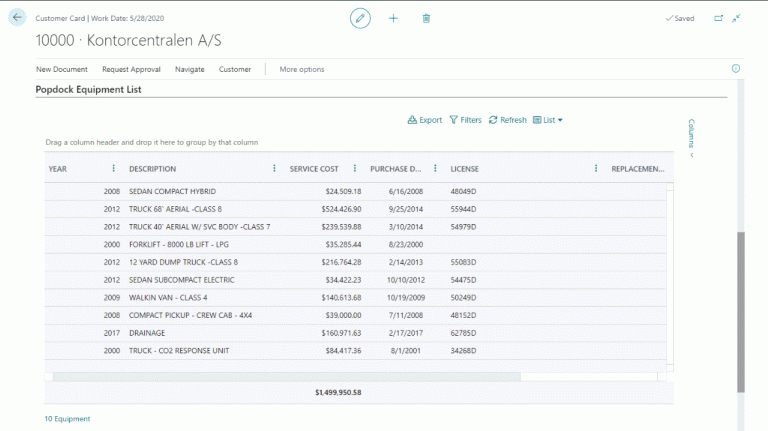Like it or not, the experience of meeting the in-laws can be a bit nerve racking. Especially when the sheer mention of the term “in-laws” in a conversation brings on a slew of opinions. From comments like “good luck” to “get ready for a disaster”, there can be a lack of stories about great experiences.
Whether it’s the first time meeting the in-laws or you’re celebrating decades of holidays with one another, bringing different families together doesn’t have to be difficult.
Salesforce and Microsoft Dynamics integration is the same way. With the right solution (and maybe some pumpkin pie), successful integration between the two can be the best decision you ever make.
When Salesforce and your Microsoft Dynamics ERP are integrated, you have a match made in heaven and can expect these top 10 results:
- Integration Promotes User Adoption – With better visibility into mission-critical data from all systems and real-time updates, teams have the information required to respond pro-actively, provide relevant information to clients and recognize up-sell opportunities.
- Increased Customer Satisfaction – Closing Opportunities in Salesforce can kick off the creation of orders or invoices inside Dynamics in real-time, ensuring customers receive their purchases quickly, and your sales numbers are precise and up to date.
- Accurate Inventory Management – Integration ensures Salesforce is kept current with accurate quantity, on-hand statistics, the key to avoiding over-selling.
- More Efficient Sales Teams – With accurate data instantly available, teams utilize and rely on Salesforce more. They’ll spend less time trying to hunt for information and more time closing deals.
- Reduce Manual Processing/Errors – Removing the need for manual data entry in multiple systems helps teams work more efficiently, builds scalable processes and avoids costly data entry errors.
- Never Misquote Again – Integration between Salesforce and Dynamics ensures any price book or inventory item updates are immediately communicated to sales teams.
- Data Integrity – Integration promotes data accuracy from beginning to end. You select the system of record while reliable integration ensures customer ID, invoice number, etc., are consistent across both Salesforce and Microsoft Dynamics.
- Details You Want, the Moment You Need Them – The flexibility to run integrations at a pre-determined frequency or trigger updates when changes are made place you in control. This ensures updates are made as often as users need them.
- Multi-Currency Considerations – Integration between Salesforce and Microsoft Dynamics automates multi-currency situations, converting won opportunities into orders and invoices.
- Updated User Access – Consistent sync with Salesforce and Microsoft Dynamics adds, deletes and updates users in both platforms maintaining accurate user credentials across the organization.
Have you considered integrating Salesforce and Microsoft Dynamics? What’s holding you back? Contact me (luke.steckler@eonesolutions.com) directly for questions or to move forward with our integration solution, SmartConnect.

